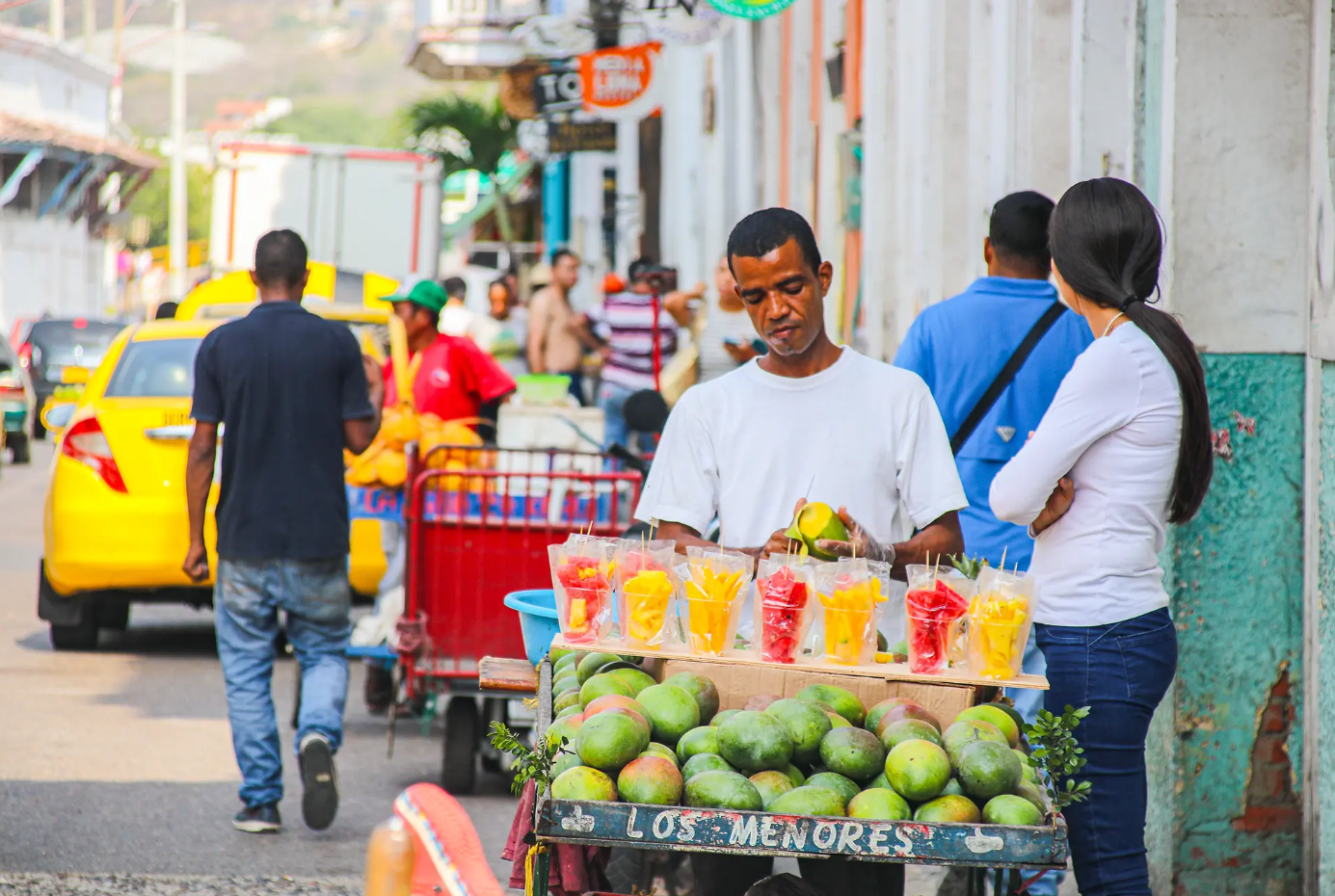By Martin Gramatikov

Knowing the legal needs of the justice users and acting to provide better dispute resolution mechanisms is the foundation of people-centred justice. In its rule of law policy, USAID states that “people-centred justice is an approach to rule of law promotion that starts with identifying and understanding what people need and want when they seek justice…Simply put, people-centred justice puts people, and their justice needs and legal problems, at the centre of justice systems and services.”
In Colombia, HiiL partnered with USAID’s Justicia Inclusiva Activity to experiment further with the fast, affordable and agile gathering of legal needs data. With our eJNS method, we collected data from people living in 75 municipalities where Justicia Inclusiva works to improve access to justice.
Respondents were recruited via social media ads and snowball sampling from Justicia Inclusiva’s regional teams and partner civil society organisations.
By design, the sample is not representative, but the experiment was a success. It demonstrated how to gather quickly and economically valuable data about justice needs, preferences and actions. The approach can be used in many scenarios. For example, a programme delivering legal or justice services can evaluate how the users perceive process and outcome quality. Formal and informal providers of dispute resolution services can gather evidence about the experiences of their users and improve service delivery accordingly.
At its core, people-centred justice is exactly about this cyclical process: gathering data on needs and experiences, transforming this data into actionable insights, and implementing measures to enhance the accessibility, affordability, and efficiency of services for the people!
The actual findings paint a striking picture, with a staggering 75% of participants reporting encountering one or more legal problems within the previous year. These issues span a wide spectrum, but the most commonly reported ones revolved around debt and money, neighbour disputes, and access to essential services such as health, pensions, education, and access to public services.
A significant majority—86%—of individuals took some form of action to resolve their problems. However, despite these efforts, half of all reported issues remained unresolved at the time of completing the survey. Two primary reasons impede resolution: perceived procedural complexities and a lack of knowledge about what steps to take.
In navigating these challenges, participants predominantly sought assistance from acquaintances and directly communicated with the other party involved. The preference for non-institutional routes underscores a reliance on personal networks and informal negotiation channels.
In conclusion, the survey highlights the experimental value of new approaches, like the eJNS. It offers valuable insights into the multifaceted nature of legal challenges and the diverse strategies individuals employ to address them. By understanding these dynamics, policymakers, legal practitioners, and service providers can better tailor interventions to enhance access to justice and empower individuals in navigating the justice landscape.
Further Reading
- Justice Dashboard: Electronic Justice Needs and Satisfaction Survey in Colombia
- Justice Research: Justice Needs and Satisfaction in Colombia (includes Spanish language resources)

